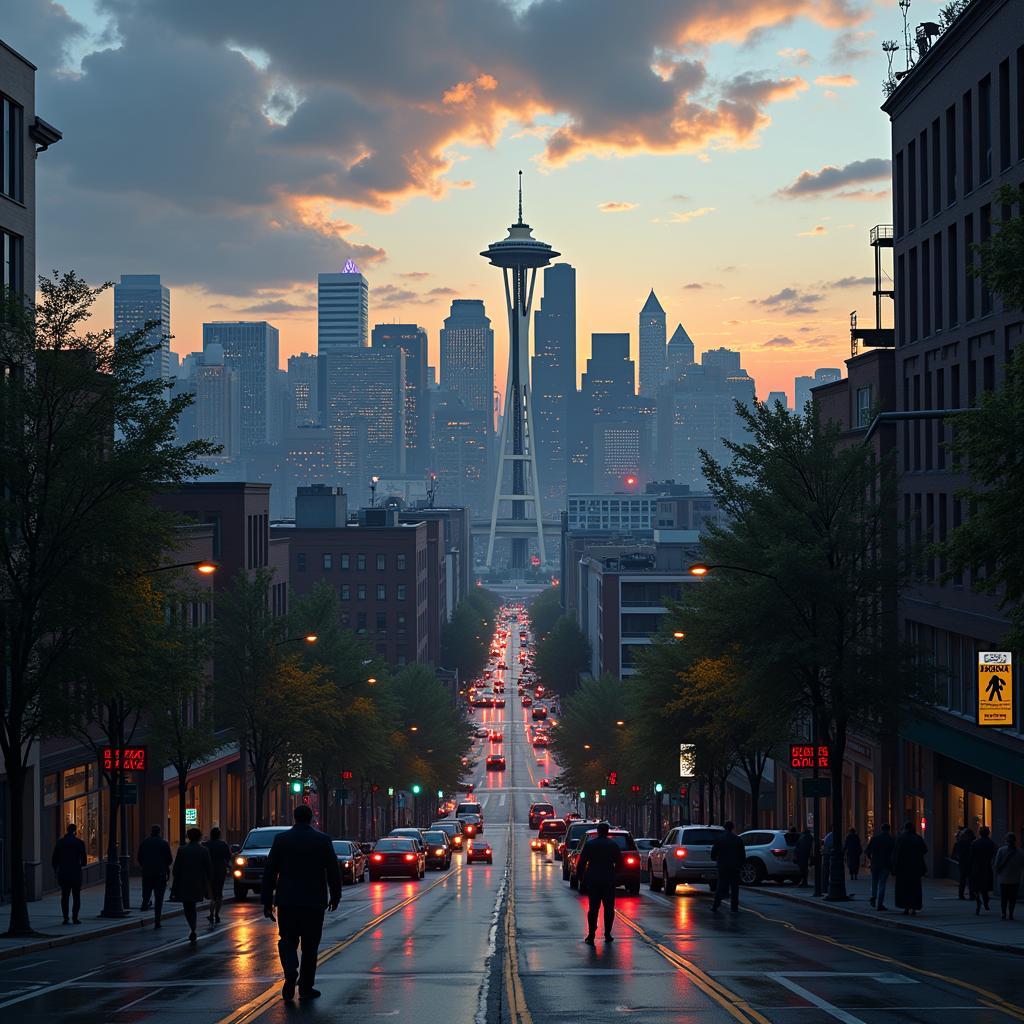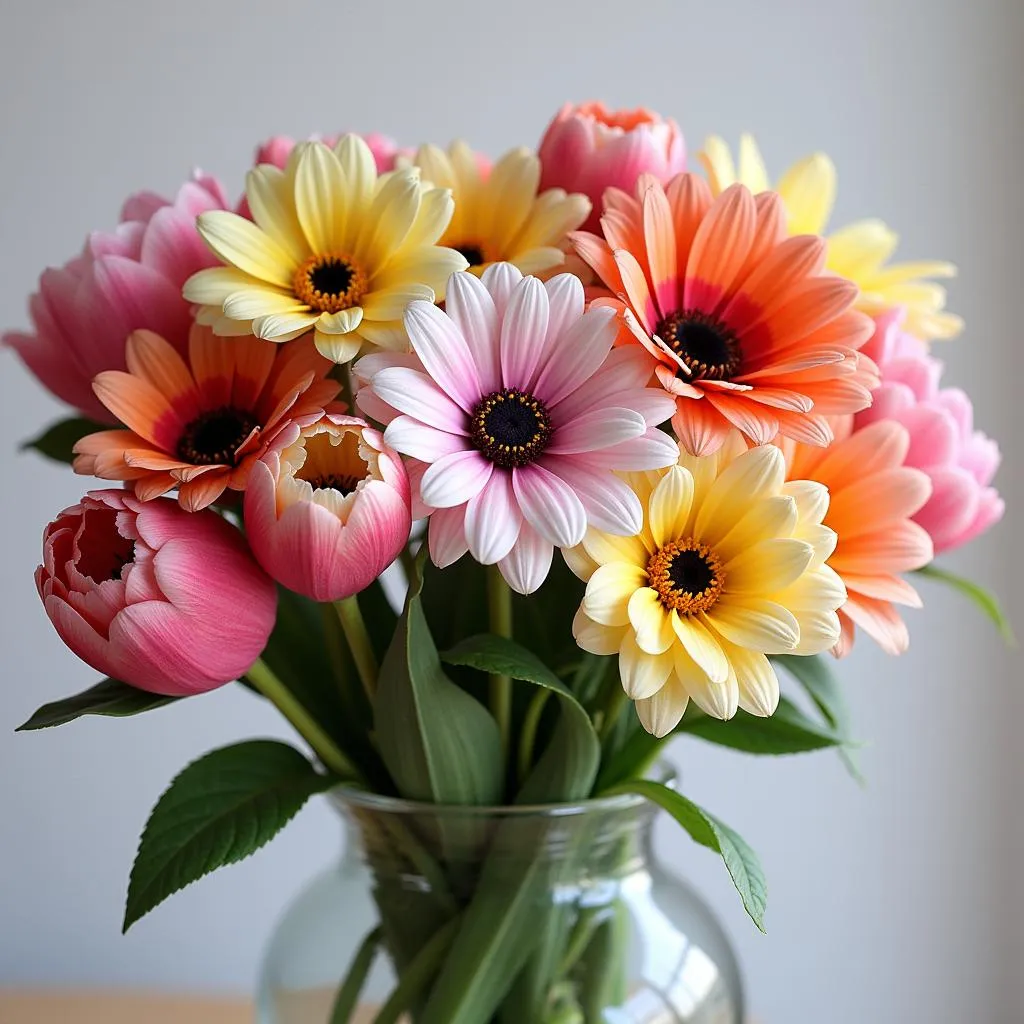Mastering the Still Life of Art Materials: Oil Painting Techniques
Creating a still life of art materials offers a unique opportunity to celebrate the tools of the trade. This article explores the fascinating world of still life painting, specifically focusing on depicting art materials in oil paint, from brushes and palettes to tubes and canvases. We’ll delve into composition, lighting, color mixing, and brushwork techniques to help you create captivating and realistic still life paintings of your own art supplies.
Setting up Your Still Life of Art Materials
The first step in creating a compelling still life is arranging your composition. Think about the story you want to tell. Are you showcasing well-worn tools that speak of countless hours of creation, or are you presenting a pristine set, ready for a new masterpiece? Experiment with different arrangements, overlapping objects slightly to create depth and visual interest. Avoid perfect symmetry, which can appear static. Instead, strive for a balanced asymmetry that draws the viewer’s eye through the composition. Consider incorporating a variety of textures and shapes. A smooth palette knife next to a bristly brush, a crumpled tube of paint against a crisp canvas – these contrasts add intrigue and realism.
Lighting plays a crucial role in setting the mood and revealing the textures of your art materials. A single light source from the side or slightly above creates interesting shadows and highlights, adding dimension to your composition. Observe how light interacts with the different surfaces, reflecting off metal tubes and diffusing across the canvas.
Mixing Colors for Art Materials in Oil Paint
Accurately depicting the colors of your art supplies requires careful observation and precise color mixing. Start with a limited palette of primary colors and white. Learn to mix your secondary and tertiary colors to create a wider range of hues. Pay attention to the subtle nuances of color in your materials. The wooden handle of a brush might have warm undertones, while the metal ferrule could have cool highlights. The key to realistic representation lies in capturing these subtle shifts in color temperature.
Don’t be afraid to experiment with different brush techniques to capture the unique textures of your art supplies. A dry brush technique can effectively portray the bristles of a brush, while a smooth blending technique can render the smooth surface of a palette. Use impasto to create texture for thick paint squeezed from a tube. Remember, the way you apply the paint is just as important as the colors you choose.
Capturing the Essence of Art Materials: Brushwork and Detail
Capturing the essence of well-loved art materials lies in the details. The worn bristles of a brush, the paint stains on a palette, the dents in a metal tube – these small imperfections tell a story of artistic dedication. Observe these details carefully and render them with precision. Use a magnifying glass if needed to study the intricate textures and patterns.
“The beauty of a still life of art materials lies in its ability to evoke the spirit of creation,” says renowned artist, Amelia Stonebridge. “By capturing the tools of the artist, we capture the essence of the artistic process itself.”
Bringing Your Still Life to Life: Final Touches
The final touches are what truly bring your still life to life. Add subtle highlights to create a sense of luminosity. Deepen shadows to enhance the three-dimensionality of the objects. Adjust the colors and values to create a harmonious balance. Step back from your painting frequently to assess your progress and make any necessary adjustments.
“Don’t be afraid to embrace the imperfections,” advises art instructor, David Chen. “It’s the imperfections that give character and authenticity to your work.” Remember, the goal is not to create a photographically perfect representation, but to capture the spirit and essence of your art materials.
Conclusion
Painting a still life of art materials in oil paint is a rewarding experience that allows you to hone your technical skills while expressing your artistic vision. By carefully considering composition, lighting, color mixing, and brushwork, you can create a captivating and realistic still life that celebrates the beauty of the tools that bring your art to life. So gather your supplies, arrange your composition, and begin your own artistic journey into the world of still life oil painting.
FAQ
-
What type of oil paints are best for still life? High-quality artist-grade oil paints offer richer pigments and better lightfastness.
-
What brushes do I need for a still life? A variety of brushes, including round, flat, and filbert, will allow you to create different textures and effects.
-
How do I clean my brushes after using oil paint? Use odorless mineral spirits or turpentine to clean your brushes thoroughly after each painting session.
-
How long does it take for oil paint to dry? Oil paint can take several days or even weeks to dry completely, depending on the thickness of the paint and the humidity levels.
-
What is the best surface to paint a still life on? Canvas or linen panels are ideal surfaces for oil painting.
-
How can I improve my color mixing skills? Practice mixing colors regularly and experiment with different color combinations.
-
How do I prevent my oil painting from cracking? Use a proper layering technique and allow each layer to dry completely before applying the next.
Scenarios
-
You’re a beginner and want to try a simple still life of your favorite brushes and a palette. Start with a basic composition and focus on capturing the basic shapes and colors.
-
You’re an experienced painter looking for a challenge. Create a complex composition with a variety of art materials and explore different lighting techniques.
-
You’re teaching a still life workshop. Guide your students through the process of setting up a still life, mixing colors, and applying brushstrokes.
Suggested Further Reading
- Explore our blog post on “The Fundamentals of Oil Painting” for a comprehensive guide to getting started with oil painting.
- Check out our article on “Advanced Color Mixing Techniques” to learn how to create a wider range of colors.
- Visit our online forum to connect with other artists and share your tips and techniques.
For assistance, please contact Phone Number: 02462573573, Email: danteum@gmail.com or visit us at Savico Megamall, 7-9 Đ. Nguyễn Văn Linh, Gia Thụy, Long Biên, Hà Nội 10000, Việt Nam. We have a 24/7 customer support team.



